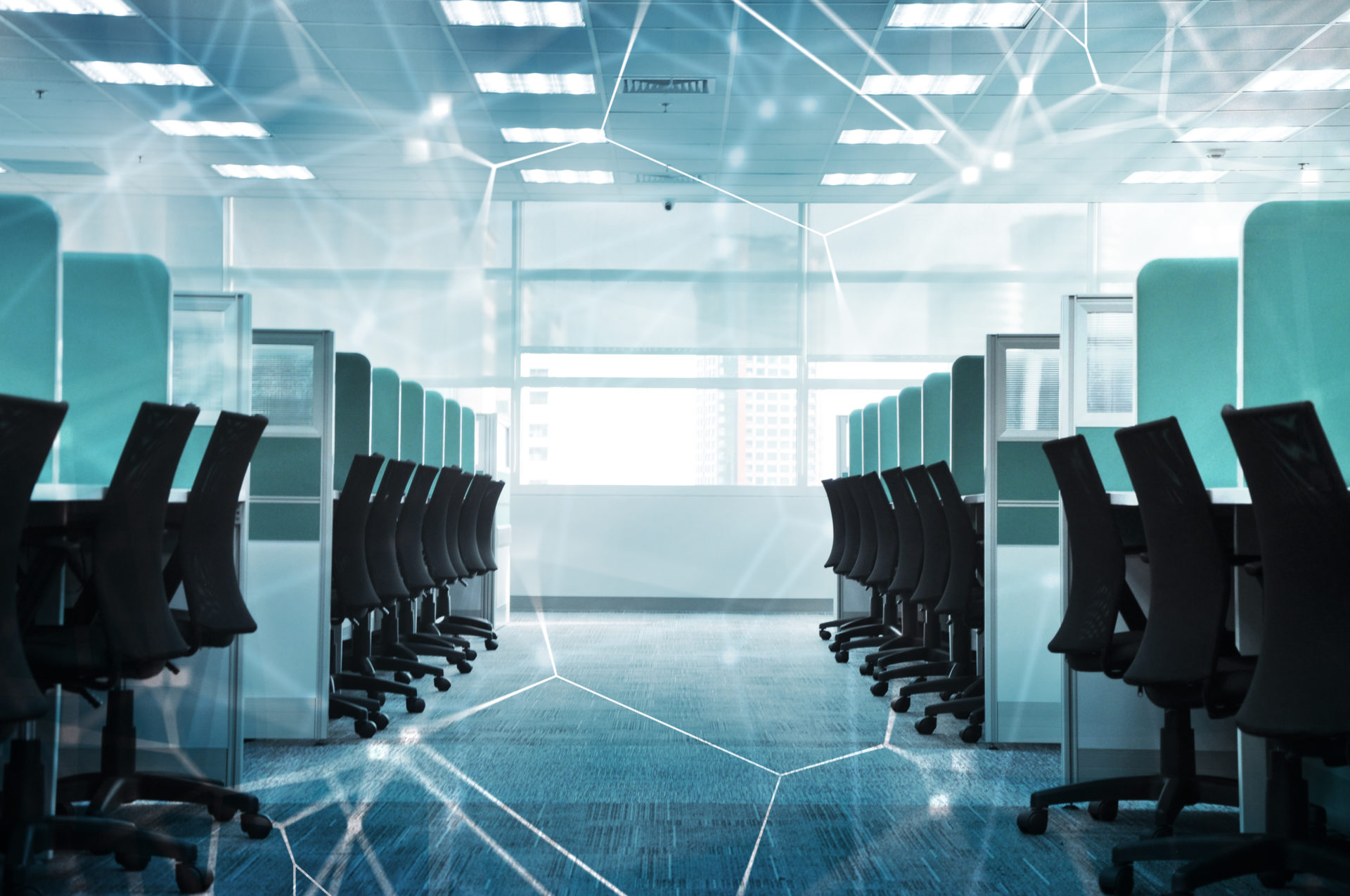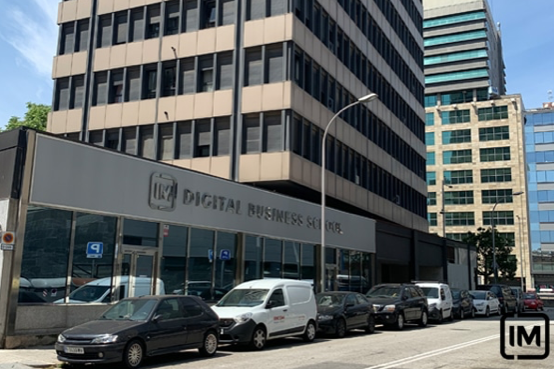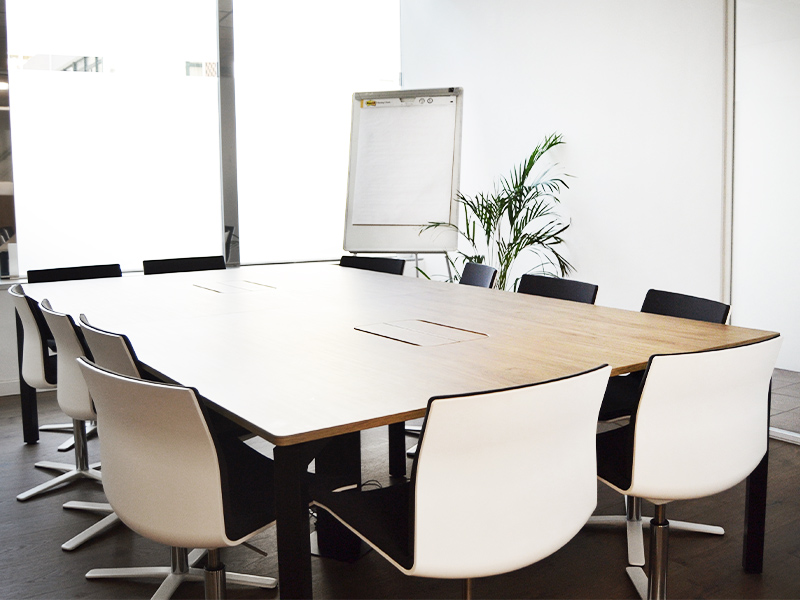
The digitalisation and transformation of the workspace
Since the onset of the COVID-19 pandemic, many companies have been focusing their priorities on their employees. Managers no longer see them as just workers but now think about them as people with specific needs, concerns and circumstances. They seek to improve their well-being and happiness within the company because this makes their professional teams more productive and helps retain talent and achieve better results.
To this context, we must add the new challenge of digitalisation that businesses now face. If they want to thrive in the market, companies must adapt and adjust to this markedly digitalised scenario. This does not only mean bringing in working from home, but implies a deeper change: a change in philosophy and the approach to work.
Such changes are going to be reflected in new offices in 2021, with companies that have decided to take on this challenge already adapting their physical environments.
Today we are talking with Daniel Martinez, the CEO and founder of the IM Digital Business School and the digital marketing agency Tresce, to analyse these changes, and we can take his companies’ new offices as an example of good practices when it comes to transforming spaces. Dynamobel took part in their creation with some of its furniture solutions.

What is the new office that has taken this new scenario on board like?
1. Offices will mainly become meeting places, chiefly for digital meetings, collaboration and social interaction.
Business trips to meet customers are now almost a thing of the past. For safety reasons, we aren’t able to travel and meet up like we did before. And that’s a change that’s here to stay. But this new era of digitalisation that the pandemic has brought with it has allowed us to optimise our time and save costs; instead of travelling to meet, we can now meet up from our offices, making use of the time saved for other tasks.
This has resulted in companies seeing a need for somewhere to hold digital meetings or for digital rooms designed for video calls, training sessions, webinars, presentations, conferences and so on.
At the same time, after so long apart, without social contact, the professionals working in companies need more than ever to interact safely. And on top of this, we have the change in working model that many companies have implemented, plumping for a methodology based on more collaboration between employees. Consequently, companies are seeking collaborative environments in their offices.This collaborative philosophy also relies on the whole digitalisation process and takes shape in installations and furniture where employees can work together in an integrated manner.

“In our case, shared, collaborative open spaces are essential for creativity and for ideas to flow, both for our students and the teachers and staff at the centre. We even have a specific room for that called Brainstorming,” says Daniel Martinez, CEO and founder of the IM Digital Business School.
2. The new office allows companies to respond better to their markets.
In the digital marketing industry in which IM Digital Business School operates, Daniel tells us about the immediacy they face, not only in his company but in the business sector in general:
“Today more than ever, the consumer wants everything right now, and the easier and more comfortable you make it for them, the better the results you achieve. Consumers know exactly what they want, so whoever can get it to them as simply and quickly as possible is going to win,” he explains. “This affects the work dynamic and so we need spaces suitable for it. Employees aren’t in the office from 9 to 6 anymore. Most of them work from home a few days a week, and spaces have started to open up for meetings, product presentations and so on. The pandemic has only speeded up a process that was going to take place naturally anyway, sooner or later.”

3. Open, flexible, dynamic workspaces.
The transformation of offices to address these changes is taking the form of open spaces, as opposed to the previous enclosed office models. We have shifted from the concept of assigned work stations to a system in which employees can move around as required.

Even their workspaces can be transformed thanks to innovative furniture solutions which allow them to have individual or collaborative work stations and can be modified by the user; for instance, in terms of desk height so they can do their work better, enhancing their comfort and avoiding bad postures.
DYNAMOBEL INSTALS ITS FURNITURE SOLUTIONS AT THE NEW TRESCE OFFICES.
The headquarters of the IM Digital Business School in Barcelona has undergone a complete transformation, involving everything from reconstruction of the building to designing a new layout and bringing in new furniture. “We needed more space for our students, functional rooms and a more modern atmosphere, something more Googlian, shall we say,” says Daniel.
For this project, they decided to turn to Dynamobel’s solutions “due to its long history in the industry and, why not say it, because our competitors, who are among the best business schools in the world, have worked with them. The fact that they had experience in the education industry was also a plus,” he adds.




